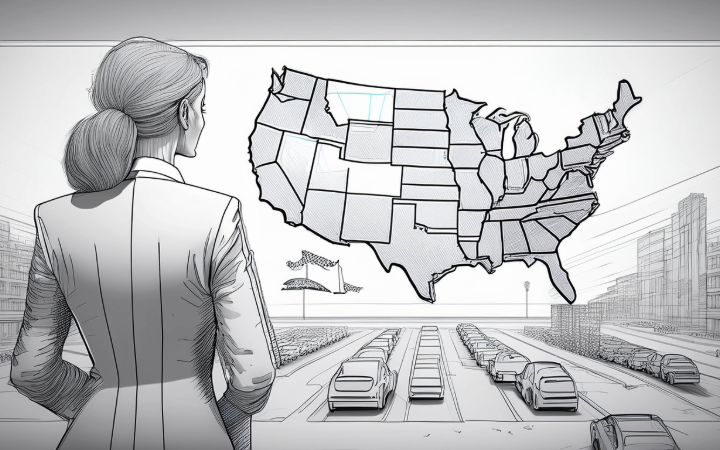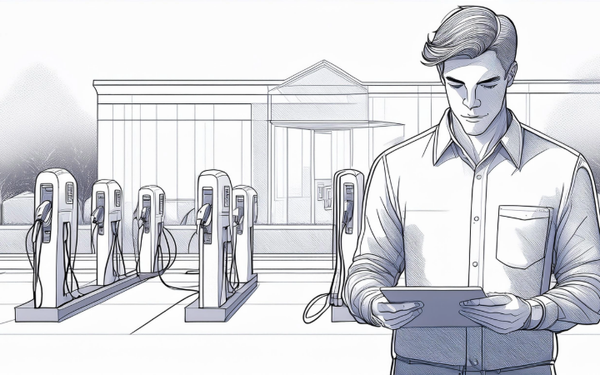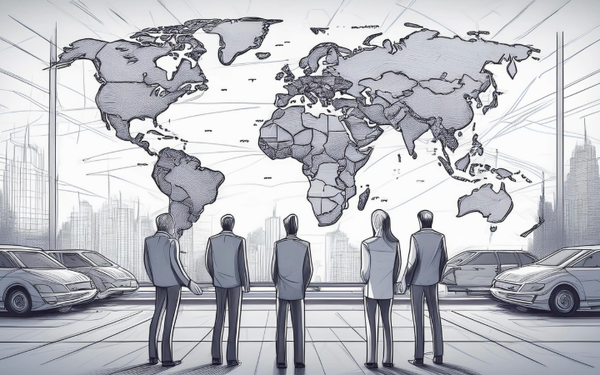Charging Ahead: Can North America's EV Infrastructure Keep Up with the Electric Revolution?
As EVs soar in popularity, charging stations struggle to keep up. Will the infrastructure boom be fast enough to power North America's electric future?

As EVs soar in popularity, charging stations struggle to keep up. Will the infrastructure boom be fast enough to power North America's electric future?
The gap between electric vehicle (EV) adoption and the availability of charging infrastructure in North America remains a significant challenge. While EV sales continue to grow at an impressive rate, the rollout of charging stations, particularly fast chargers, has struggled to keep up. This disparity raises concerns about whether the current infrastructure can support the expected surge in EV ownership.
As of 2022, the U.S. had around 28,000 fast chargers, with Tesla Superchargers accounting for about 75% of this total. Despite ongoing efforts, including government initiatives like the National Electric Vehicle Infrastructure (NEVI) program, which allocated over $885 million in 2023 for building chargers across highways, the ratio of EVs per public charger remains concerning. Currently, the U.S. has about 24 EVs for every public charger, a number far higher than countries like China and the Netherlands, where the ratio is below 10 EVs per charger(McKinsey & Company)(IEA).
Some states are doing better than others in bridging this gap. States like California, which leads in EV adoption, have more robust charging networks, especially in urban areas, but even there, congestion at charging stations is common. Other states, particularly in the Midwest and rural areas, have far fewer chargers relative to EV adoption. Cold-weather states such as North Dakota and hot-weather regions like Arizona face additional challenges, as extreme temperatures can affect charging speeds and EV performance(NREL)(IEA).
On the bright side, federal efforts are accelerating, with the goal of supporting 30-42 million EVs by 2030. This will require an estimated 28 million charging ports, including a substantial increase in public fast chargers to support long-distance travel and ride-hailing services(NREL). States are being encouraged to prioritize equitable access to charging infrastructure, including installing more chargers in under-served regions(McKinsey & Company)(Clean Transportation Council).
In conclusion, while strides are being made, the infrastructure buildout needs to speed up to meet the growing demand, and certain states are leading the charge more effectively than others.





